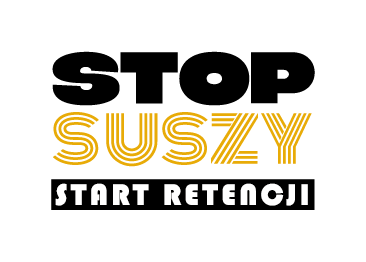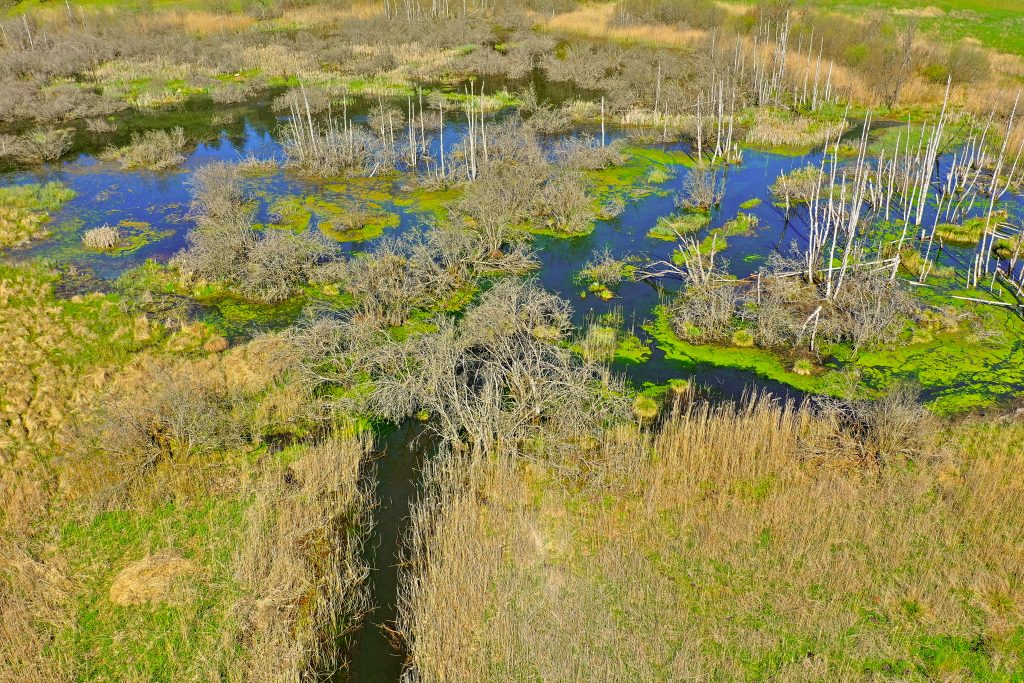World Wetlands Day, celebrated annually on the 2nd of February, was established in 1997 by the Ramsar Convention Secretariat. Its aim is to raise awareness of the crucial role of wetlands in the ecosystems of our planet. The date of World Wetlands Day is not a coincidence – it commemorates the signing of the Convention on Wetlands, known as the Ramsar Convention, which took place on the 2nd of February 1971 in the Iranian city of Ramsar. This year’s theme is “Protecting Wetlands for Our Common Future.”
World Wetlands Day 2025 is particularly significant because it coincides with the 15th Meeting of the Contracting Parties to the Ramsar Convention (COP15). Every three years, government representatives from each State Party meet to hold key discussions on the conservation and sustainable use of wetlands and agree on a work programme for the next three years.
Wetlands, defined as land areas saturated or flooded with water, either permanently or seasonally, include a variety of ecosystems such as marshes, lakes, rivers, and peatlands. They perform essential ecological functions, including:
- regulating the climate: wetlands act as “natural air conditioners,” lowering the ambient temperature and increasing air humidity, thus limiting the effects of heat, reducing evaporation and preventing desertification
- stabilizing the runoff and flow of rivers: floodplain wetlands take over the floods of streams, gradually releasing water into the atmosphere through evaporation and transpiration of plants, which prevents drastic fluctuations in the amount of available freshwater
- Supporting plants survival: during periods of drought, they slowly release water resources, which helps plants survive the most difficult periods; in addition, wetlands are rich in organic matter, which decomposes and provides plants with essential nutrients, such as nitrogen and phosphorus
- acting as a hydrological pump: water accumulated in wetlands evaporates intensively and returns in the form of precipitation, such as rain, fog or dew; thanks to this, the risk of drought is significantly reduced
- filtering water: wetlands act as natural purification plants, retaining pollutants, improving the quality of surface and groundwater; naturally meandering rivers, thanks to the diversity of habitats and the richness of life, have a high self-purification potential – their most effective “biofilters” are coastal marshes and floodplains
- protecting against floods: they absorb excess rainwater, reducing the risk of flooding
- supporting biodiversity: they provide a unique habitat for many species of plants and animals, including those threatened with extinction – species associated with wetlands dominate the Polish Red Data Books of Plants and Birds, being among the fastest to disappear. The specific conditions of wetlands – constant humidity and periodic flooding – mean that plants adapted to such conditions can survive there (e.g. reeds, rushes, calamus, marsh orchids, marsh violets). Water-marsh vegetation can develop without pressure from terrestrial plants
Unfortunately, despite their importance, wetlands around the world are at risk of degradation due to human activity, such as land drainage, environmental pollution, and climate change. Over the past 100 years, approximately 64-71% of the world’s wetlands have been lost. Over the past 20 years, their area has been disappearing at a rate of 1.6% per year, mainly due to drainage and conversion to agricultural land. This rate classifies wetlands as the world’s fastest-declining ecosystems. According to the Wetland Protection Center (CMOK), by the 1990s, about 85% of peatlands in Poland had been drained. This data is based on research conducted by the Institute of Land Reclamation and Grassland Farming, which analyzed the vegetation of wetland and peatland areas. Other sources, such as the report “Protection of Wetlands in Poland” published by the Sejm’s Bureau of Research, confirm this data, indicating that of the approximately 1.6 million hectares of peatlands in Poland, at least 85% have been drained. The main cause was water management activities carried out for the purpose of agricultural and forestry management. Many valley wetlands were degraded due to river regulation.
As part of the Ramsar Convention, 19 wetland areas of international importance have been designated in Poland, with a total area of 152,964 ha. According to Polish Geological Institute – National Research Institute, natural and drained wetlands cover an area of approximately 4.4 million ha in Poland, or 14.2% of the country’s area. Approximately 52,000 peatlands with an area larger than 1 ha have been inventoried, which together cover an area of approximately 1.3 million ha, which constitutes 30% of the wetland area and 4% of the area of Poland.
Stopping the degradation of wetlands is crucial for many reasons. Only wetlands guarantee that biodiversity will be preserved. Moreover, during droughts, they are the only places containing water and allowing it to evaporate, and, as a result, water circulation in terrestrial ecosystems – return in the form of rain or dew. Wetlands are therefore crucial to life on our planet.
The celebration of World Wetlands Day aims to educate society about the need to protect and restore these ecosystems. Each year, the events focus on a different theme, highlighting different aspects of the importance of wetlands. The theme for 2025 is “Protecting Wetlands for Our Common Future,” highlighting the need for collaboration and foresight in building a future in which all people, everywhere, can continue to benefit from wetlands.
World Wetlands Day will be celebrated in various ways. Below are some of the events related to this occasion:
- On January 31, 2025, the Lublin Landscape Parks Unit and the Institute of Earth and Environmental Sciences at Maria Curie-Skłodowska University are organizing the conference “The Future of Sobibór Wetlands.” The aim of the meeting is to exchange knowledge and experiences regarding research, use and protection of wetlands.
- On February 1, 2025, the Faculty of Biology at the University of Warsaw will host a meeting organized by the Wetlands Protection Center and the Faculty of Biology at the University of Warsaw. The program includes lectures on the role of wetlands in the ecosystem, panel discussions and the Bazaar Idei Swampiennych, where you will be able to talk to experts and enthusiasts of wetland protection.
- On February 2, 2025, a trip to wetlands near Wołomin is planned in Warsaw, including a walk around the Białe Błota peat bog. Participants will gather at 9:05 a.m. at the PKP Wołomin bus terminus (Laskowa). The walk will last about 4 hours.
- On February 2, 2025, the Museum and Education Center of the “Mouth of the Warta River” National Park in Słońsk (Lubuskie) will celebrate World Wetlands Day. The program includes lectures, nature workshops for children, artistic performances and a guided nature walk.
- On February 3-5, 2025, the “Pact for Wetlands” conference is planned in Poznań, during which various types of wetlands will be discussed, such as peat bogs, rivers, lakes, coastal areas no deeper than 6 meters, urban wetlands and those in agricultural landscapes. The sessions will focus on issues related to climate, biodiversity and water management.
World Wetlands Day is an excellent time to reflect on the importance of these unique ecosystems and take concrete actions to protect them. Thanks to education, cooperation and active community involvement, we have the opportunity to effectively take care of wetlands and their irreplaceable role in our environment. Everyone can get involved in protecting wetlands! Just follow the steps below:
Preserve!
Don’t drain or invest in transforming wetlands for agricultural and construction purposes.
Restoring wetlands on your own land is a great way to support local nature and improve water retention. You can restore wetland on your plot by building a pond or retention basin.
It is also a great idea to get involved in local initiatives, e.g. cleaning wetlands of waste. Numerous river, marsh and peat bog cleaning campaigns are organized – by joining them, you can really contribute to protecting these valuable ecosystems!
Respect!
Do’not buy products from wetlands – for example peat and plants and avoid walking on peat bogs so as not to destroy the plants growing there. Don’t litter these ecosystems either, e.g. by discharging sewage and waste or by dumping garbage there.
Educate!
Share knowledge about wetlands and encourage others to take action to protect them. Every initiative, even a small one, is important for protecting wetlands and combating drought!
We invite you to join the celebrations of World Wetlands Day 2025 and familiarize yourself with the information materials available on the websites:
https://www.worldwetlandsday.org/

 PL
PL

